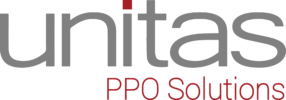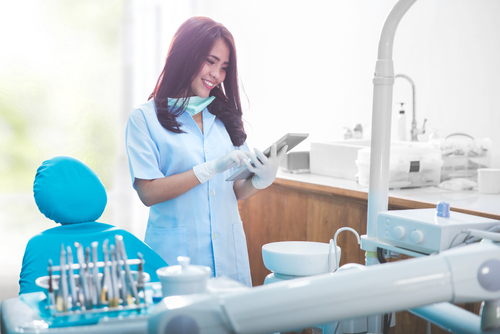Virtual dentistry, or teledentistry is a combination of telecommunications and dentistry for dental consultation and treatment planning for care, education, and public awareness.
“Teledentistry is a rising trend in our profession that is here to stay,” according to Dr. Ronald D. Riggins, chair of the CMC and the Council on Dental Benefit Programs. “With the ADA House of Delegates passing a comprehensive policy statement at the 2015 annual meeting, dentists are now able expand the traditional dental practice, where patients can have a virtual dental home instead of a physical one. More and more dentists are using teledentistry to provide access to care.”
In addition to their traditional patients, dentists can virtually supervise the oral health care of nursing home patients, residents in rural areas, or others who don’t have access to a dentist in their area. Teledentistry can also be used to assist general dentists with speciality work.
Per the American Dental Association, Teledentistry will for the first time be included in the ADA’s Code on Dental Procedures and Nomenclature (CDT Code) in 2018.
D9xxx teledentistry – synchronous; real-time encounter Reported in addition to other procedures (e.g., diagnostic) delivered to the patient on the date of service.
D9xxx teledentistry – asynchronous; information stored and forwarded to dentist for subsequent review. Reported in addition to other procedures (e.g., diagnostic) delivered to the patient on the date of service.
PPOs and other third-party payers — public and private — should cover services provided through teledentistry at the same level as if the services were delivered in a traditional in-person encounter. These codes will most often be used in conjunction with other codes.
“I think it’s already sweeping the country. I predict that within a couple of years, every state will have legislation supporting teledentistry,” Dr. Glassman, director of the Pacific Center for Special Care said. “Dentists are realizing it’s a way to expand their practice and not be bound by the four walls of their office.” Many individual states cover telehealth services in Medicaid programs. Currently, 48 states and the District of Columbia provide some form of Medicaid reimbursement for telehealth services with nearly half of those now requiring private insurance plans to cover telehealth services. California and Arizona began covering teledentistry in 2015. Other states, including West Virginia, Hawaii, Oregon, and Colorado, have also considered passing legislation to allow teledentistry.
Methods:
- Live video: Two-way interaction between a patient and dentist using audiovisual technology.
- Store and forward: Recorded health information — such as radiographs, photos, video, digital impressions or photomicrographs — is transmitted through a secure electronic communications system to a practitioner. The practitioner then uses the information to evaluate the patient’s condition or render a service outside of a real-time or live interaction.
- Remote patient monitoring: Personal health and medical information is collected from an individual in one location then transmitted electronically to a provider in a different location for use in care. This could be used in a nursing home setting or in an educational program.
- Mobile health: Health care and public health practice and education supported by mobile communication devices such as cell phones, tablet computers or personal digital assistants. This could include apps that monitor patient brushing or other home care.
Using technology, dental professionals can screen, record, triage, diagnose, and order care to be performed remotely. Teledentistry holds promise everywhere but has been out of reach for many practices and public health programs because it has been complex, insecure, and costly. This is changing. TeleDent by MouthWatch, to date, it is the only system designed specifically for teledentistry.
A hygienist from a local practice is scheduled to provide hygiene services in a local senior living facility. The practice uses the MouthWatch TeleDent system with a laptop and intraoral camera. The HIPAA-compliant system uses encryption and a secure cloud server to connect providers and patient records.
During her visit to the senior living facility, the hygienist performs 50 reimbursable screenings and records patient information, individual exam details, and high-quality intraoral images using the MouthWatch TeleDent application.
There are two options for these screenings:
- The session can be live using a MouthWatch TeleDent video consultation with the dentist (synchronous, real-time).
- The session images, video, and other details can be recorded through the MouthWatch TeleDent cloud software to be reviewed at a later time by the assigned provider (asynchronous).
The outcome of this single off-site screening session is that 5–10 senior living facility residents schedule restorative care at the affiliated brick-and-mortar dental practice. The practice increases its revenue streams by providing profitable outreach to the community without adding more chairs.

